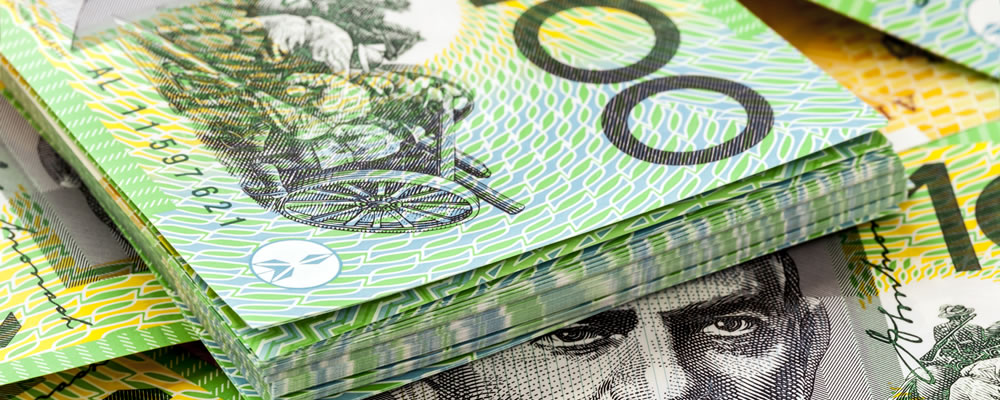Australian Dollar Hits Lowest Rate Since 2015 against Euro with ‘Aussie’ Tumbling Lower in Step with Chinese Yuan (CNY)
The Euro (EUR) has risen to a multi-year high against the Australian Dollar (AUD), trading at a rate of €1.62 – a 0.6% rise on the day and the highest level in over three years.
The Australian Dollar has sunk lower on trade fears, with the Chinese Yuan (CNY) plummeting overnight on world markets to hit a 10-year low against the US Dollar (USD).
As China is Australia’s largest trading partner – and the prime destination for its exports – the Australian Dollar’s fate is closely entwined with China’s purchasing power.
A range of factors were responsible for the sudden depreciation of CNY, which has fallen over 11% against the US Dollar since March, with a jump in net capital outflows from China being one factor driving the decline.
The People’s Bank of China has repeatedly denied that the currency is being allowed to fall deliberately, although its latest dip means Chinese goods can remain competitive on world markets and avoid the worst effects of the import tariffs imposed by US President Donald Trump.
Euro (EUR) Exchange Rates Remain Buoyed by ECB’s ‘Confident’ Outlook although Rates Remain at Zero
Yesterday the European Central Bank (ECB) opted to leave interest rates at zero percent in its monthly policy meeting, although a cautiously optimistic outlook on the Eurozone economy was revealed in the post-meeting press conference.
Despite the ongoing Italian budget impasse and the Eurozone’s slowing growth outlook, the ECB’s President Mario Draghi indicated he was still ‘confident’ about the economic outlook, at least when it comes to inflation.
In terms of policy the ECB still intends to unwind its quantitative easing and asset purchase schemes before the end of the year, and continues to hint that Eurozone interest rates will remain frozen at zero until the second half of 2019, or maybe beyond.
Although Mr Draghi sounded upbeat about the Eurozone’s economic prospects investors were less than reassured regarding Italy’s budget head-to-head and the outlook for Brexit.
Ulrich Leuchtmann, currency strategist from Commerzbank, said:
‘There were no new details on monetary policy but the big question asked was whether the ECB would use its tool kit to respond to problems in Italy? He didn’t answer that question. Markets are slightly unnerved.’
Euro to Australian Dollar Outlook: AUD Likely to Fall Further if Risk Sentiment Does Not Improve
While the Australian Dollar (AUD) has taken a pummelling against the Euro (EUR) of late, unless risk sentiment improves among currency markets the bias is likely to remain to the downside.
Politics aside, there is no more forthcoming Australian data to drive sentiment this week, so investors will be anticipating next Tuesday’s building permits data.
The previous reading was a disastrous -9.4% reading on a monthly basis – and -13.6% on a yearly – so next week’s expected 3.0% improvement will give AUD some support if it meets expectations.
Meanwhile, Euro investors will be holding their breath ahead of next week’s GDP growth statistics, also due out on Tuesday.
With continuing fears of a Eurozone slowdown haunting the markets any downward deviation from the expected 0.4% Q3 growth rate will have the potential to severely rattle EUR traders.
Beyond this, the next data release of note for the EUR/AUD exchange rate is likely to be next Wednesday’s Australian consumer inflation figures.
As it stands the Q3 consumer price index is expected to reveal an uptick in price pressures for the Australian consumer, which would likely have a positive effect on the EUR/AUD exchange rate as it lowers the chances of the Reserve Bank of Australia raising interest rates any time soon.



